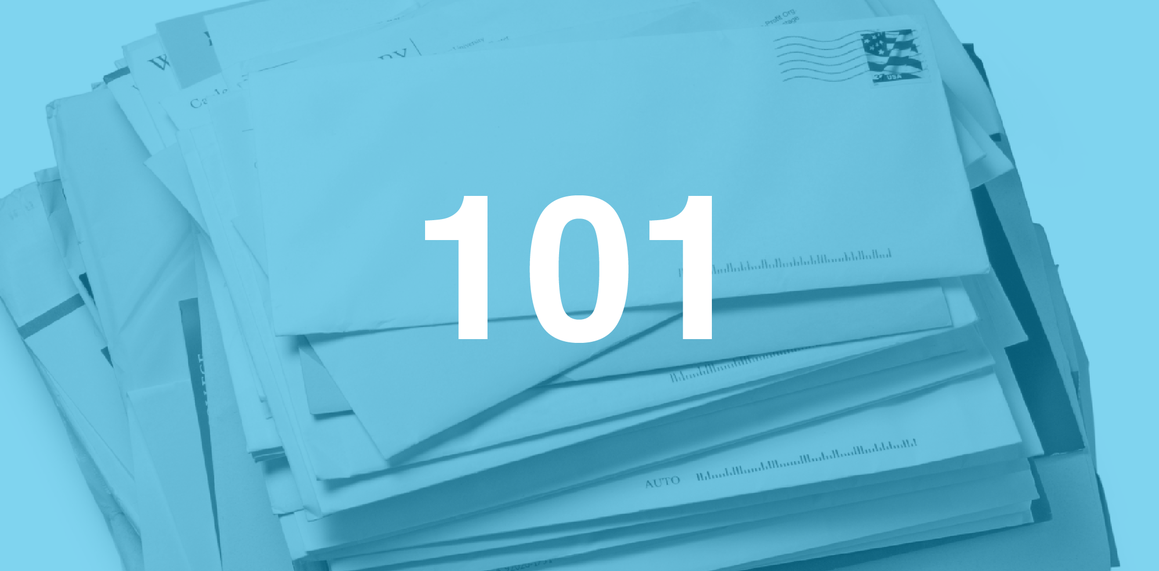Following are some of the different envelope production methods and the pros and cons that go along with them:
Printed pre-converted envelopes on a sheetfed press– This is the most common method for short to medium runs. The process allows for cost efficiently printing 250 to 25,000 quantities in spot colors of a static image. Heavy coverage is not recommended for this process, as the seams of the envelopes will show through the coverage. It is possible to bleed a thin line or small image but anything larger risks having the ink “offset” onto the back of the envelope during the production process.
Printing pre-converted envelopes on a Jet press- This type of press is most cost effective for quantities of larger than 25,000. These presses can print at speeds of up to 60,000 envelopes per hour. It can do process and spot colors. However, much like the sheetfed process, heavy coverage or bleeds are not recommended.
Printing on flat sheets and converting afterwards– This type of process allows for the best reproduction quality. The envelopes are printed on a flat sheet then diecut and converted after the printing. This process can allow for printing on coated stocks, process and spot colors, as well as spot coatings and special effects. Heavy coverage and bleeds can be reproduced without a problem. One of the limitations of this process is that it is more expensive to have the design butt to the edge of the finished envelope. Because of the high diecutting process used (this allows for cutting a stack of sheets at one time) there is a 1/8” tolerance in the diecutting. Therefore it is recommended having any images wrap around to the back of the envelope so that any movements are not as visible to the eye. One way to avoid this is to diecut the envelopes on a letterpress; however this process adds significant cost in time. Also, because of the time involved for setup, this process has a higher unit cost for smaller quantities.
Digital Laser on pre-converted envelopes– This process has become more popular as technology has significantly improved in the last couple of years. Digital laser allows for printing full color. Because of the digital technology, the colors are much richer than offset printing, which many feel is a positive. In addition, this process allows for variable imaging so that the envelope can be personalized to the intended recipient. The cost of printing larger quantities of these envelopes can be more expensive. However, the increased cost should be weighed against the possible increased ROI of a personalized envelope.
Inkjet on pre-converted envelope- This process is the least expensive method of imprinting on an envelope. The downside of this method is that the resolution of the reproduction is much lower than the other processes. This method should be limited to line copy or very small graphics.



Leave a Reply